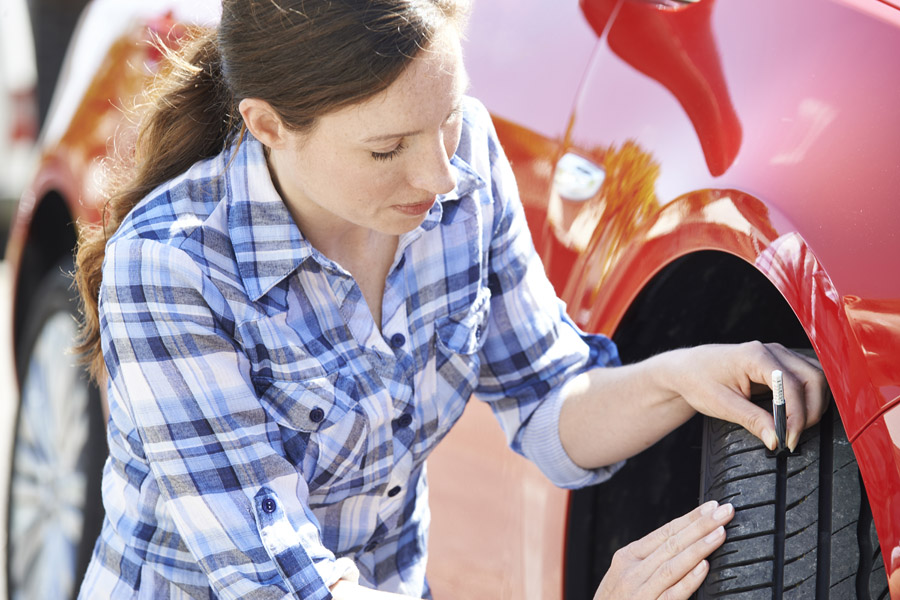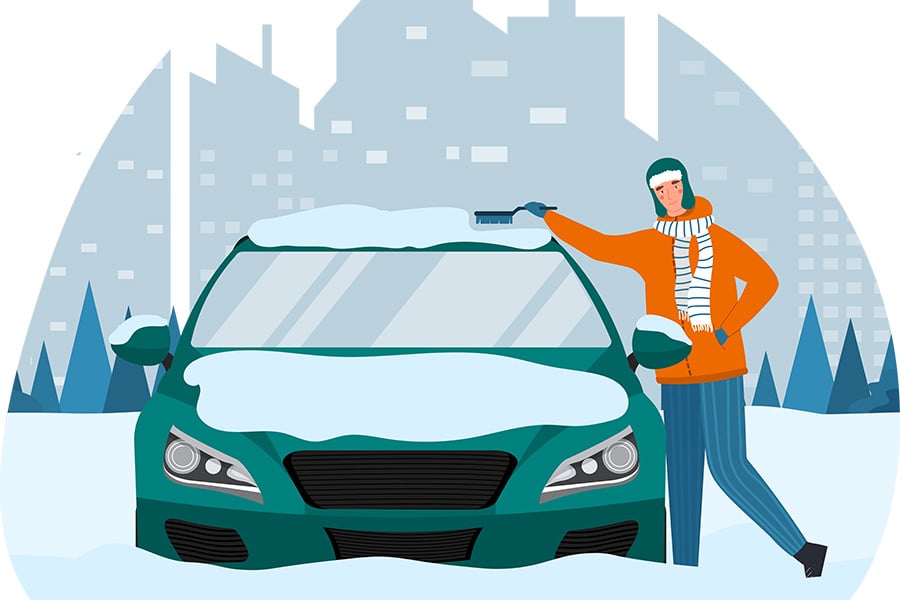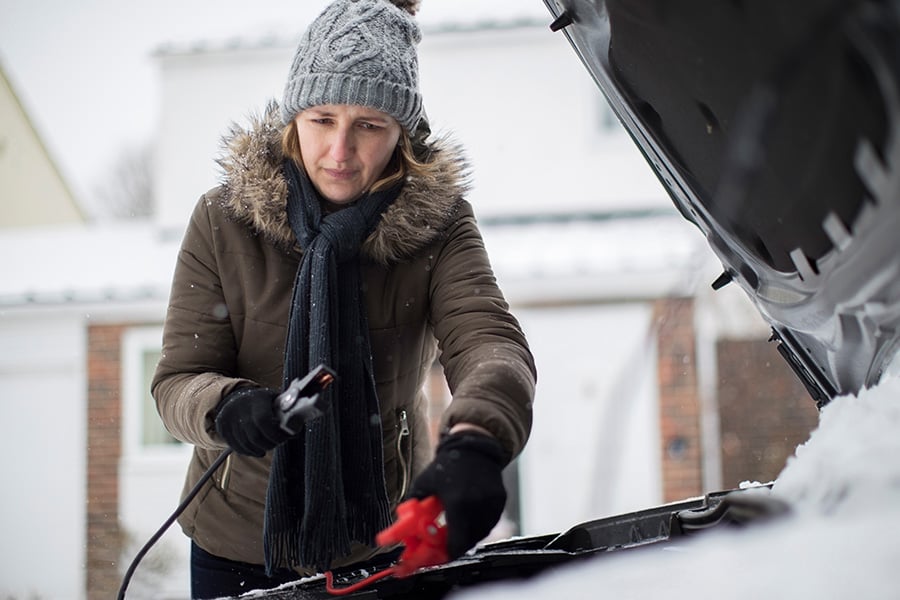7 End-of-Summer Car Care Tips to Prepare for Fall

It’s that time of year again, the end of summer and the beginning of: “Oh, where did summer go?” Keep your car safe and happy this fall and winter by taking steps to properly maintain it now. Take a weekend afternoon to see if your car needs any of the following 7 maintenance tasks performed.
Lights
You need lights to see and be seen, especially when rain, snow, and fog reduce visibility. Check that all lights are functional, including marker lights, turn signals, hazard lights, brake lights, reverse lights, taillights, headlights, and fog lights. If not equipped, perhaps now is a good time to think about installing aftermarket fog lights.
Wipers
A good guideline is to replace wiper blades every six months, but they may wear sooner. Now is a good time to replace any wiper blades that streak, chatter or don’t clear the windshield properly. Don’t forget to stock up on winter washer fluid, too.
Tires
Don’t worry about snow tires yet, but check that your summer or all-season tires have at least 4/32 inches of tread depth remaining. Look for abnormal tread wear, which may indicate an alignment or suspension problem. Cooler weather causes tire pressure to drop, so inflate tires to the psi indicated by either the owner’s manual or the tire and loading label on the driver’s door jamb.
Battery
Summer is an easy time for the battery, but cold weather can tax it. First, look for corrosion on the battery terminals. This needs to be cleaned or repaired to eliminate resistance between the battery and the rest of the electrical system, such as the starter and blower. Then, have the battery load-tested — replace it if it’s too weak for a cold start.
Air Conditioning
The air conditioning system is essential for defogging your windshield and front windows. Functional or not, have its performance checked by your local NAPA AutoCare location to ensure year-long operation.
Fluids and Belts
Check and adjust all fluid levels, including engine oil, engine coolant, power-steering fluid, and transmission fluid. Check and adjust V-belts and serpentine belts and replace them if needed.
Cooling System
Besides checking for coolant leaks, pay special attention to the pressure cap and the thermostat. True, you can’t see the thermostat, but you can watch the temperature gauge or the OBDII ECT (engine coolant temperature) reading. Whether it’s hot or cold outside, the ECT should steadily rise to the thermostat opening temperature, usually 175–200 degrees F. If the ECT can’t reach stable temperature, then it could indicate a broken thermostat.







